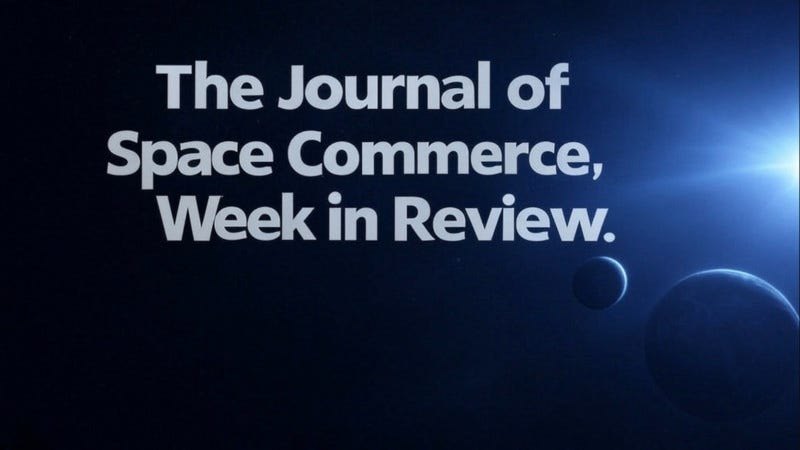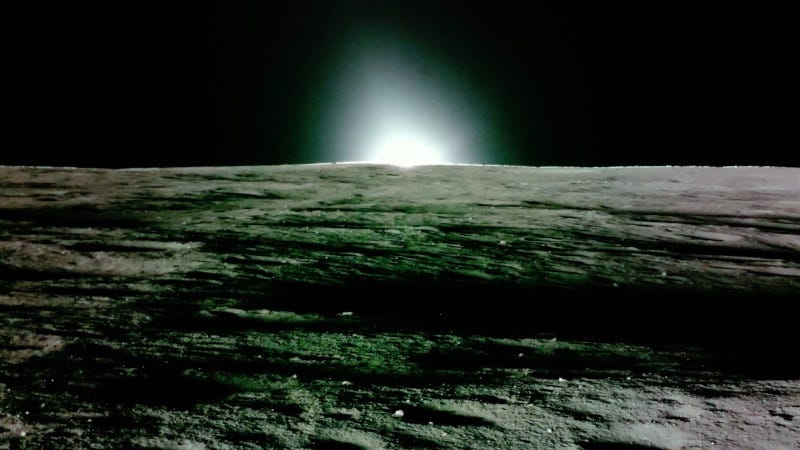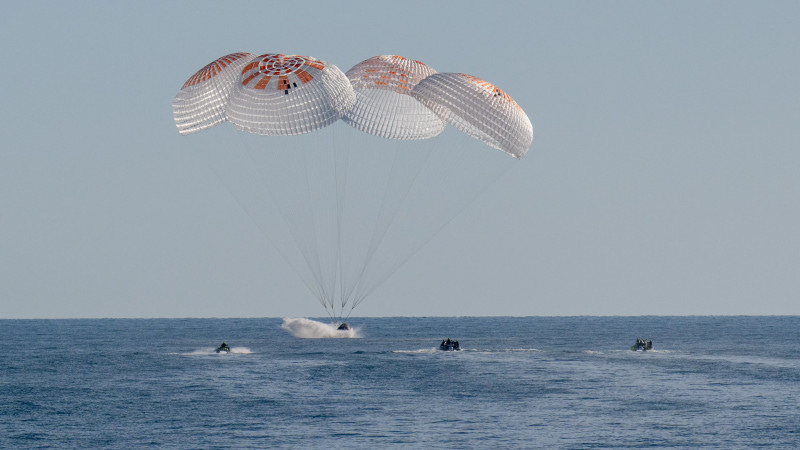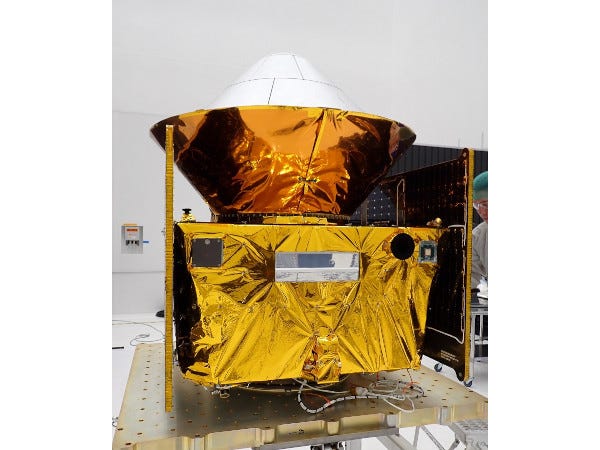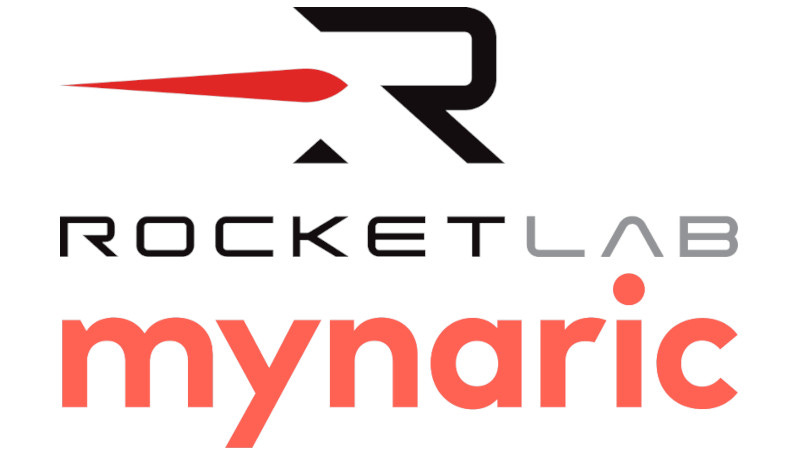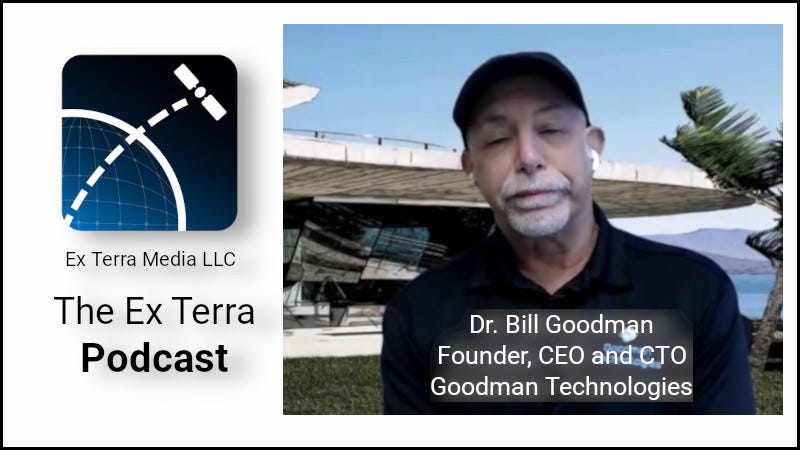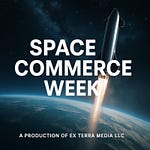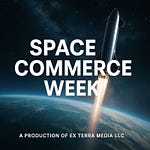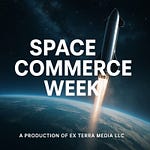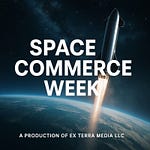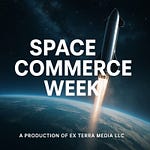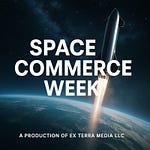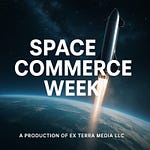Lunar Success, and the return of Crew-9. I'm Tom Patton, and here are some of the stories we covered for you this week on The Journal of Space Commerce.
After landing on the Moon with NASA science and technology demonstrations March 2, Firefly Aerospace's Blue Ghost Mission 1 concluded its mission March 16. But analysis of data returned to Earth from the NASA instruments continues, benefitting future lunar missions.
“We collected over 119 gigabytes of data, and that's imagery data, and payload data, and that doesn't include even the telemetry data we brought back down.”
Ray Allensorth, Firefly Aerospace
As part of NASA's CLPS (Commercial Lunar Payload Services) initiative and Artemis campaign, Firefly's Blue Ghost lunar lander delivered 10 NASA science and technology instruments to the Mare Crisium basin on the near side of the Moon.
In a news conference following the official conclusion of the mission, Firefly Aerospace Spacecraft Program Director Ray Allensworth said that the impacts of the mission will be realized in the months and years to come.
"We were able to completely maximize the lunar day, operating every day that we were on the surface, and ... also through an eclipse and into the lunar night. And it's that data that's really important to us as Firefly to provide back to the payloads. We collected over 119 gigabytes of data, and that's imagery data, and payload data, and that doesn't include even the telemetry data we brought back down. So just a significant amount of data that all the teams get to go dig into, learn from, and I think over the coming months and years we're really going to see all the information and new findings coming out of all this data.
Firefly says the data captured will benefit humanity in many ways, providing insights into how space weather and other cosmic forces may impact Earth.
-0-
The Crew-9 mission to the International Space Station wrapped up this week, with Butch Wilmore and Suni Williams returning to Earth some nine months after launching aboard the Boeing Starliner crewed flight test last June.
Williams and Wilmore, along with NASA Astronaut Nick Hague and Russian Cosmonaut Aleksandr Gorbunov, splashed down in the Gulf of America off the coast of Tallahassee, Florida on Tuesday.
Even given the issues that cropped up with the Starliner spacecraft that took Wilmore and Williams to the station, at a post-splashdown news conference, NASA Commercial Crew Manager Steve Stitch said the agency was not ready to give up on the Boeing system.
"We'll celebrate for a while. We're going to take some time to celebrate this one and spend a little time with the crew. And then we'll move on to Crew-11. Crew-11 will be here before you know it, we're going to launch that vehicle as early as mid-July, so we'll start preparing for that. And then, we're working hand in hand with Boeing as well on certification of Starliner, getting that vehicle back to flight. Butch and Suni's return on Dragon to me shows how important it is to have two different crew transportation systems, the importance of Starliner and the redundancy we're building in human spaceflight for our low-Earth orbit economy. "
The Crew-9 mission was the fourth flight of the Dragon spacecraft named Freedom. It also previously supported NASA’s SpaceX Crew-4, Axiom Mission 2, and Axiom Mission 3. It will be inspected and refurbished for use on a future mission.
-0-
In other news, the third Varda orbital processing and reentry capsule, W-3, launched just 15 days after the reentry of the company's second mission, which landed in Australia on Feb. 27, 2025. W-3 was carried into orbit aboard the SpaceX Transporter-13 rideshare mission.
Supported by a Rocket Lab-developed Pioneer satellite like its predecessors, W-3's payload is an advanced navigation system called an Inertial Measurement Unit (IMU) developed by the US Air Force and Innovative Scientific Solutions Incorporated (ISSI). This payload will be tested at reentry speeds it was designed to withstand but has never encountered before.
IMUs are electronics that can measure an object's motion, orientation, and velocity. Such technology is included in everything from cars to FitBits. Varda's capsule can help test these devices for our government and commercial partners to advance research into high-hypersonic technologies.
-0-
Speaking of Rocket Lab, the company has entered into a non-binding term sheet with certain lenders to acquire, subject to certain governmental approvals, a controlling equity position in Mynaric AG.
Mynaric is a provider of laser optical communications terminals for air, space, and mobile applications. The acquisition, if accomplished, is expected to further strengthen Rocket Lab’s capabilities as a launch provider, spacecraft manufacturer, and supplier of satellite components at scale. Rocket Lab may fund this and other future acquisition opportunities with proceeds from equity offerings.
-0-
And finally, we were pleased to welcome back The Ex Terra Podcast this week. My guest was Dr. Bill Goodman, founder, Chief Executive Officer and Chief Technology Officer of Goodman Technologies.
Dr. Goodman is often referred to as the "real-world Tony Stark". He has made many contributions to the State-Of-The-Art: airborne SiC telescopes, space and nuclear survivable coatings and mirrors, lightweight mirrors for space and directed energy, seeker telescopes, deformable mirrors, fast steering mirrors, actively cooled mirrors/structures, windows for HELs, solar telescope mirrors, and more.
"The second part of the term, "composites", that's a group of different materials that come together that usually synergize to give properties that any one of the constituents by themselves don't have. But "nano" is where it gets interesting. A human hair is about 100 microns in diameter ... A single carbon fiber might be 10 microns in diameter, but a nanoparticle is about 0.0001 the diameter of a human hair. What makes them very special is if you compare their surface area to volume ratio, it's an extraordinarily high number compared to a larger particle like a marble, or a baseball, or a beach ball."
Goodman says he has lost count of the number of patents held by his company, but not the bills from his patent attorney.
Goodman Technology products range from thermal and radiation shielding to body armor. He earned both a Masters and PhD. in Material Sciences from UCLA.
-0-
And those are just some of the stories we covered for you on The Journal of Space Commerce this week. Please consider becoming a paid subscriber. Whether you’re a space professional or enthusiast, paid subscribers have first access to premium articles and podcasts focused on the new space economy. Just visit www.exterrajsc.com and help keep The Journal of Space Commerce independent as we chronicle, cajole and, when necessary, critique the commercial space industry.
I'm Tom Patton. Thanks for listening.
You Might have Missed:




